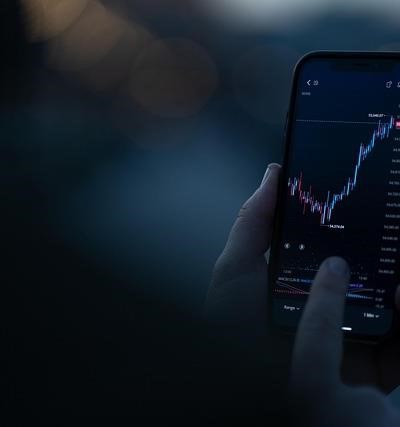
The creator economy, fueled by digital art sales and online payments, presents unique financial challenges for independent artists. Understanding credit card processing and associated fees is crucial for maximizing Artist income and ensuring financial stability. This article explores the intersection of credit cards and the vital task of supporting creators.
Freelance payments, commission payments, and digital art sales often rely on online payment platforms. While these platforms facilitate creator funding, credit card processing fees can significantly impact net income. Careful selection of payment processors with competitive rates is paramount. Financial tools for artists, such as accounting software, are essential for accurate expense tracking.
Beyond Online Payments: Diversifying Income Streams
Patreon alternatives and crowdfunding platforms offer diverse avenues for supporting creators. Subscription models provide recurring revenue streams, mitigating the volatility inherent in project-based income. However, artists must proactively build an audience through effective artist marketing strategies. Financial literacy for artists is crucial to understanding these diverse income streams.
Navigating Financial Challenges
Expense management for artists is as critical as revenue generation. Tracking materials, software subscriptions, marketing costs, and other expenses is essential for accurate financial reporting. For significant investments, small business loans for artists may be a viable option, though careful consideration of interest rates and repayment terms is necessary.
Resources and Support
Numerous artist resources exist to assist creators in navigating the financial landscape. Workshops and online courses focusing on financial literacy for artists are invaluable. Understanding the nuances of online payments, credit card processing fees, and tax obligations is crucial for long-term success. The ability to effectively manage finances directly impacts the sustainability of an artist’s career.
The author effectively highlights the critical link between financial literacy and artistic success. The discussion of diverse income streams, beyond online payments, offers valuable diversification strategies for artists. The practical advice regarding expense management and the exploration of potential funding options, such as small business loans, contribute significantly to the article’s practical application for artists navigating the complexities of the creator economy.
This is a well-structured and informative piece that addresses a crucial yet often overlooked aspect of the artistic profession: financial management. The article successfully bridges the gap between artistic practice and financial realities, providing actionable advice on topics ranging from payment processing to expense tracking and income diversification. The inclusion of resources and support further strengthens its value as a practical guide for artists.
This article provides a comprehensive overview of the financial challenges faced by artists in the creator economy. The emphasis on understanding credit card processing fees and the importance of selecting appropriate payment processors is particularly insightful and relevant to the practical concerns of independent artists. The inclusion of alternative income streams and the necessity of robust expense management further enhances the article’s value.